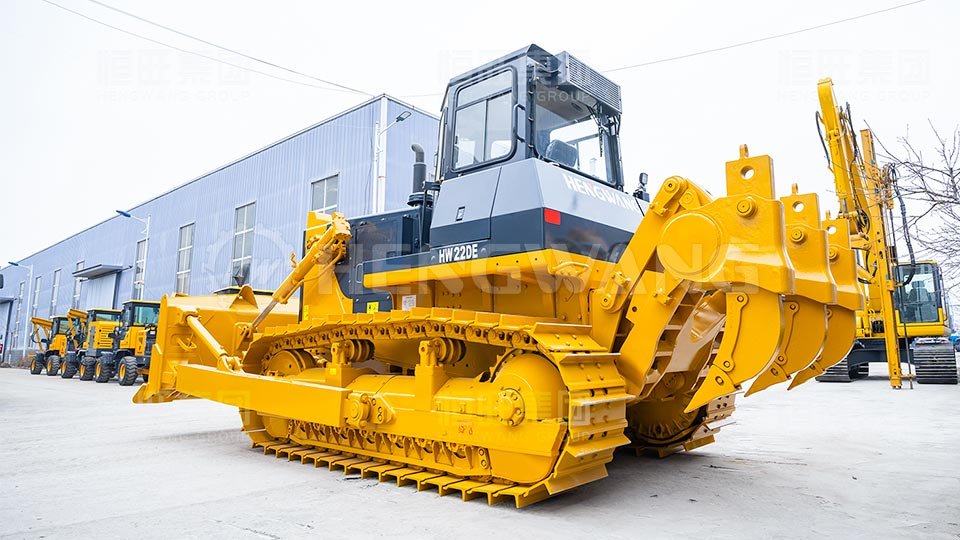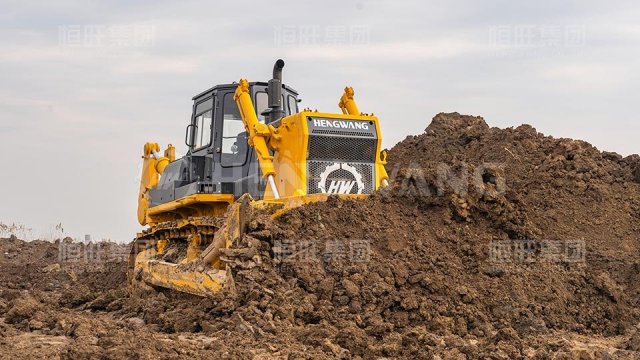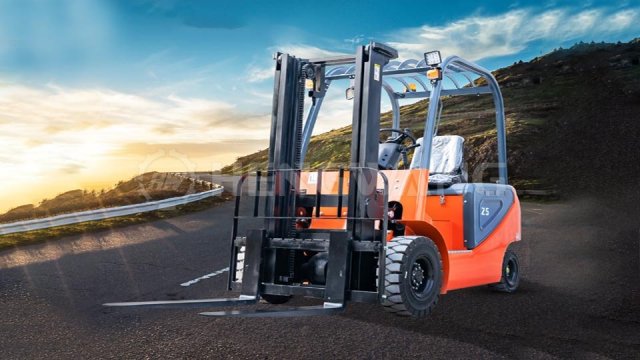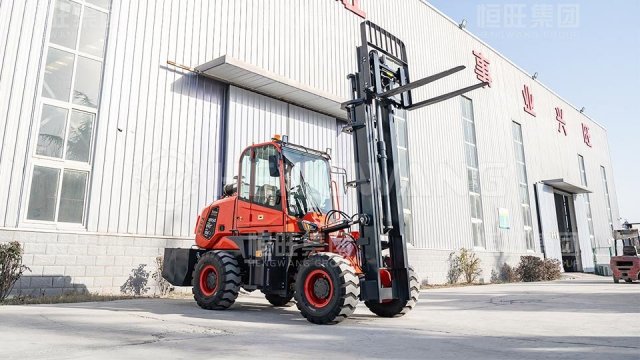In earthmoving and mining operations, the bulldozer ripper is a critical attachment for improving work efficiency. Proper use of a bulldozer ripper not only reduces equipment wear but also significantly enhances soil loosening results. This guide details the operational standards and practical techniques for using a bulldozer ripper.

1. Understanding the Bulldozer Ripper
The bulldozer ripper is typically mounted at the rear of a bulldozer and controlled by a hydraulic system. Its primary uses include:
(1) Breaking up hard soil and weathered rock
(2) Loosening compacted farmland soil
(3) Surface stripping in mining operations
Compared to using just the bulldozer blade, a bulldozer ripper can reduce fuel consumption by over 30% while protecting the equipment's undercarriage from impact damage.
2. Pre-Operation Preparations
Inspect the Ripper Teeth
(1) Ensure tooth tip wear doesn't exceed standard limits (typically ≤15%)
(2) Verify bolt torque meets specifications (refer to equipment manual)
Check the Hydraulic System
(1) Test lift cylinders for leaks
(2) Maintain pressure within the 17-21MPa working range
Site Assessment
(1) Mark underground utility locations (to avoid damage)
(2) Clear surface debris (to prevent jamming the bulldozer ripper)
Field experience shows proper preparation can extend bulldozer ripper service life by 40%.
3. Standard Operating Procedures
(1) Ground Breaking Phase
Maintain a 30°-45° angle between equipment and working surface
Apply pressure in stages (5-10cm depth per pass)
Use "impact-release" technique for hard rock layers
(2) Loosening Operation
Maintain consistent speed (recommended 2-3km/h)
Staggered penetration for multi-tooth bulldozer rippers
Regularly lift shanks to clear accumulated soil
(3) Special Condition Handling
For different ground conditions, adjust your bulldozer ripper accordingly:
Clay Soil Operations
Reduce tooth spacing for higher break frequency and slightly lower hydraulic pressure
Gravel Layer Operations
Increase hydraulic pressure by ~10% and monitor tooth tip wear regularly
Frozen Ground Operations
Preheat tooth tips with acetylene torch and use intermittent penetration
4. Maintenance Essentials
(1) Daily Maintenance
Remove accumulated soil between teeth after operation
Lubricate all pins (use lithium-based grease)
(2) Periodic Maintenance
Inspect tooth weld points every 50 operating hours
Replace hydraulic oil filter every 200 hours
(3) Storage Requirements
Apply anti-rust oil after cleaning
Store with shanks elevated off ground
5. Safety Warnings
When using a bulldozer ripper, always remember:
(1) Never perform maintenance while equipment is running
(2) Maintain lateral balance during slope operations
(3) Immediately stop penetration upon hitting unknown hard objects
Mastering these techniques can improve your bulldozer ripper productivity by over 60%. Need model-specific operation videos? Contact us for complete technical materials!

 Road Leveling Bulldozer: The Core Guarantee for Efficient Road Construction
Road Leveling Bulldozer: The Core Guarantee for Efficient Road Construction
 Off-Road Forklifts_ A Powerful Assistant for Complex Field Operations
Off-Road Forklifts_ A Powerful Assistant for Complex Field Operations
 High-Load Off-Road Forklift: A Powerful Tool for Heavy-Duty Operations in Complex Environments
High-Load Off-Road Forklift: A Powerful Tool for Heavy-Duty Operations in Complex Environments